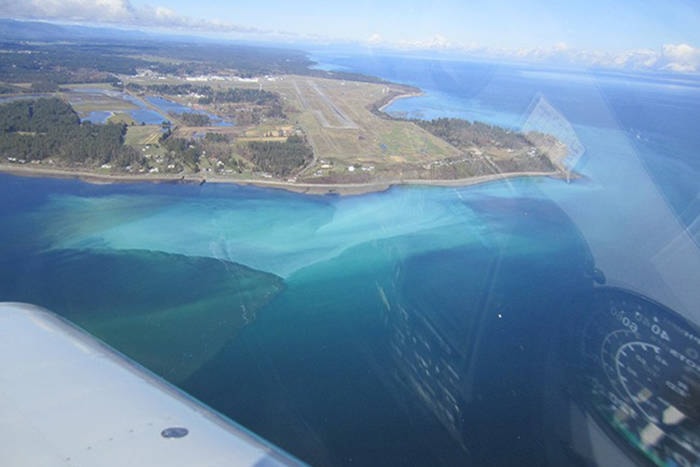Dear editor,
It has been announced that there will be a 2020 herring fishery in the Salish Sea with a harvest rate of 20 per cent.
I am saddened that this keystone fishery will be happening once again, given the collapse of herring stocks up and down the coast. I am not alone in this regard, as at the Association of Vancouver Island and Coastal Communities convention last April, nearly every elected official voted to suspend this fishery in the Salish Sea for 2020. Even the Dept. of Fisheries recognizes an issue with this fishery and recommends a reduction in harvest from 20 to 10 per cent.
There is also the issue of the smaller herring size. Pacific herring live to a maximum of 15 years and grow to about 38 cm (15”). When I first started recreational fishing locally in 1970, it was common to encounter these large herring on a rising evening tide. Fishers would be in 200 feet of water teeming with fully mature herring, from top to bottom. Herring were so prevalent that in calm conditions the water surface sounded like heavy rain as the herring breached the surface. Since the early ’70s, my own observations have seen a steady decline of mature herring masses. In the past number of years there are days when I encounter zero herring and if I am lucky, sporadic balls of herring. Virtually every fisher I know is in favour of a complete moratorium on this keystone fishery.
I would gladly help compensate herring fishers for lost income.
Beside the obvious benefits of leaving the herring in the water, there is the potential tourist dollars to observe the herring spawning. Every year I go out to observe this and am amazed at the spectacle surrounding me. Thousands of sea birds and sea lions, hundreds of eagles, seals and some whales to name a few species. Just as thousands of tourists flock to Cathedral Grove to observe a token patch of old-growth or to Telegraph Cove and other locations to observe grizzlies, whales and other sea life, here in local waters we have the opportunity to attract our own tourists to observe first-hand this wondrous spectacle.
Talk about sustainability! A win- win for all.
Gord Fyfe,
Courtenay
